Intro
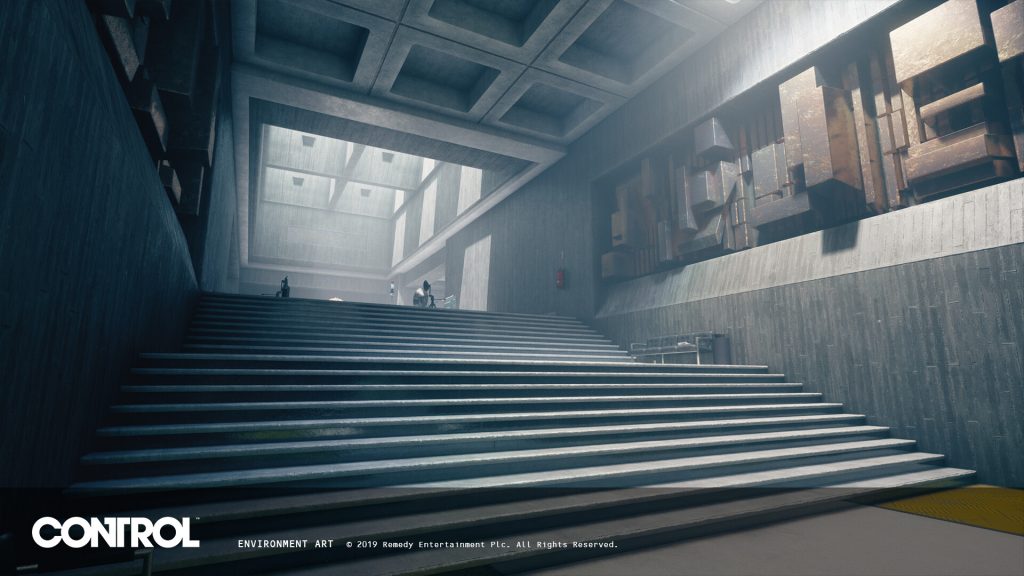
In the realm of contemporary visual arts, architectural style serves as a powerful aesthetic and emotional language, playing a vital role in video games. Different architectural styles not only provide a backdrop for storytelling but also carry mood, emotion, and atmosphere. Spatial configurations, material textures, and lighting variations become carriers of emotional language. Moreover, architectural geometry and contemporary spatial installation art have had a profound influence on scene composition and lighting design within games. This paper examines the 2019 TGA Best Art Direction award winner
—
CONTROL
—
as a case study to explore how Brutalist architecture and contemporary installation art influenced its design.
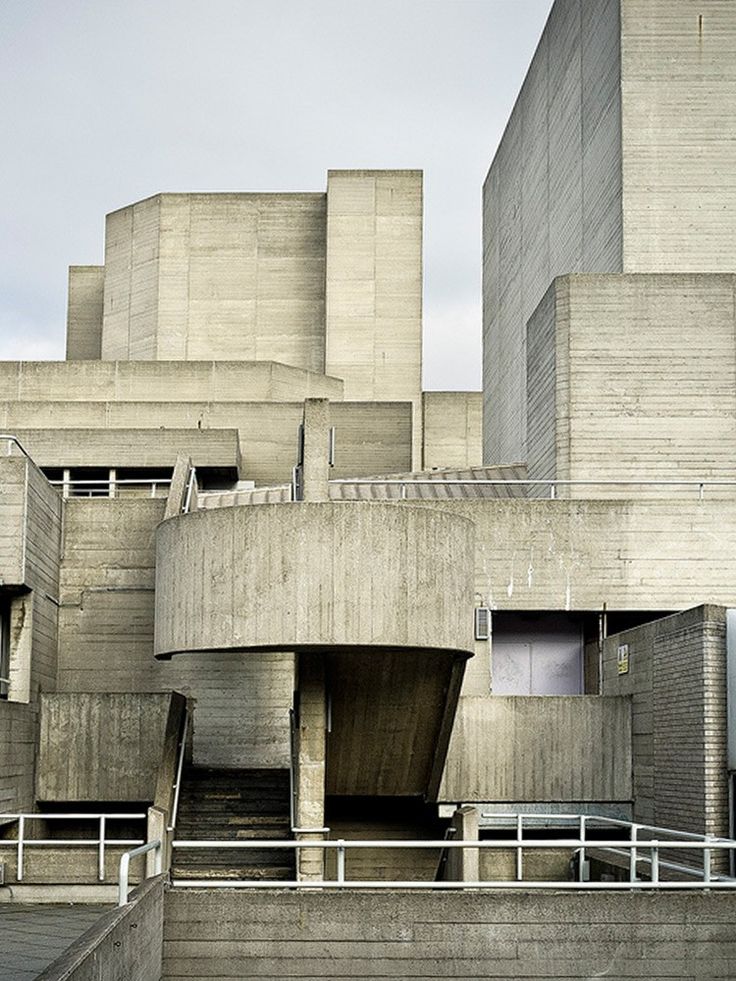
1.What Is Brutalist Architecture
Brutalist architecture emerged in post-World War II Europe, marked by exposed concrete (béton brut), massive geometric forms, and large-scale compositions. It emphasizes functionalism, authenticity, and structural expression. Often associated with government or institutional buildings, Brutalism is frequently perceived as authoritative, cold, or even oppressive. Iconic examples include Le Corbusier’s Unité d’Habitation, London’s Southbank Centre, and Boston City Hall-structures that possess intense visual presence and evoke strong emotional responses through their concrete geometry.


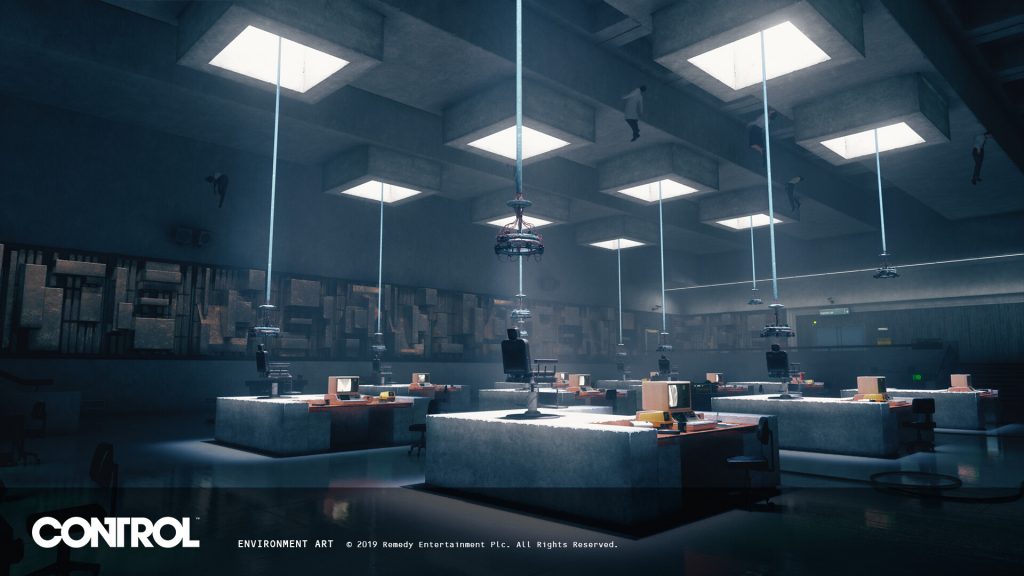
2.How Brutalist Influences Control
In Control, the Federal Bureau of Control headquarters—called The Oldest House—embodies this perfectly. Inside, towering concrete forms, symmetrical grids, and minimal ornamentation evoke a cold, institutional feeling. But the genius of the game lies in how it plays with this rigidity. The space is alive—walls shift, corridors rearrange, and concrete shatters during combat. You’re not just walking through the space—you’re emotionally responding to it. You feel trapped, then powerful, then lost again. The architecture becomes emotional choreography.
3.contemporary installation art
But Brutalism isn’t the only artistic influence here
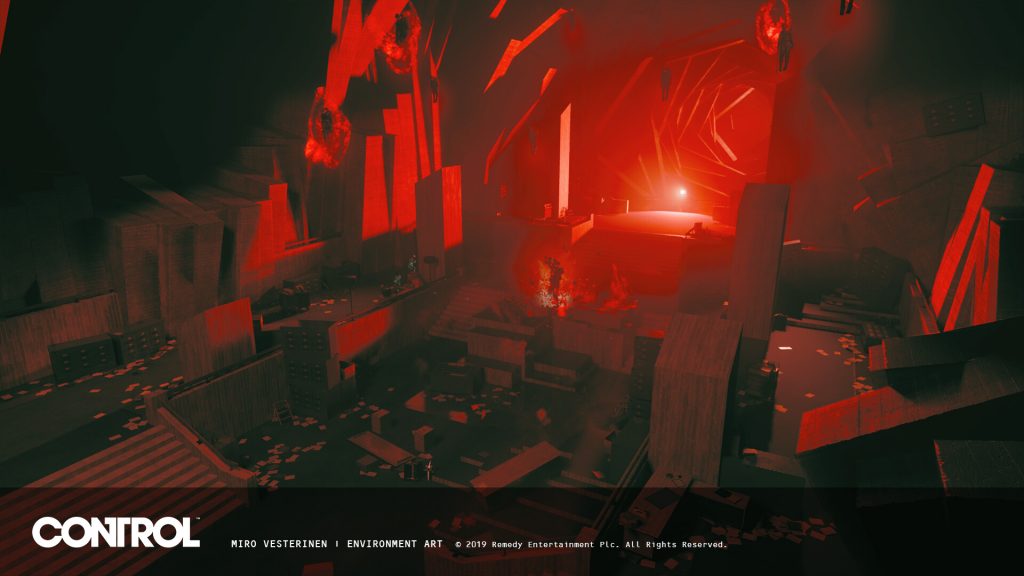
dazzling and colorful lighting is commonly used in light art installations and shows
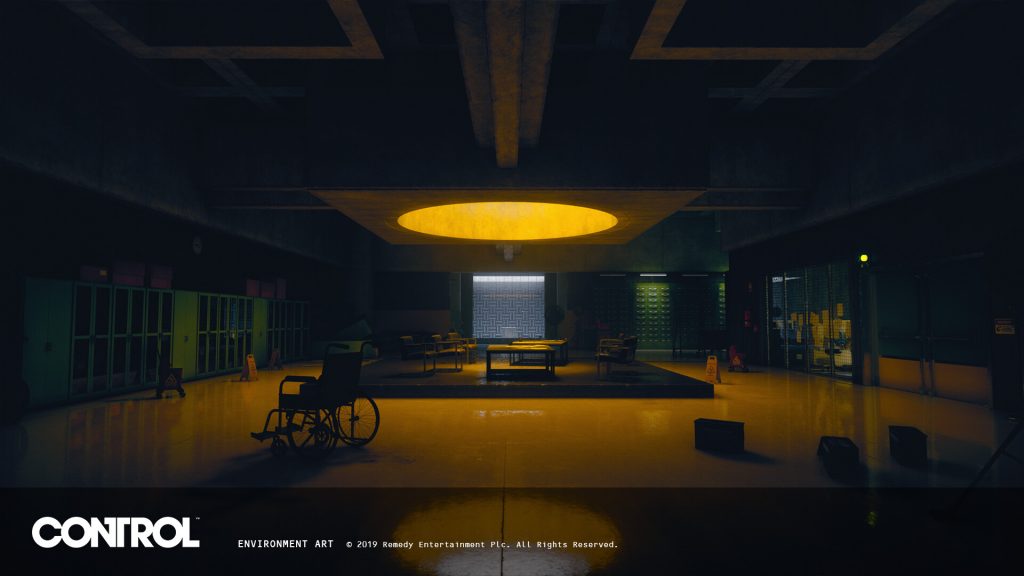
exhibition lighting is used in control’s level atmosphere design
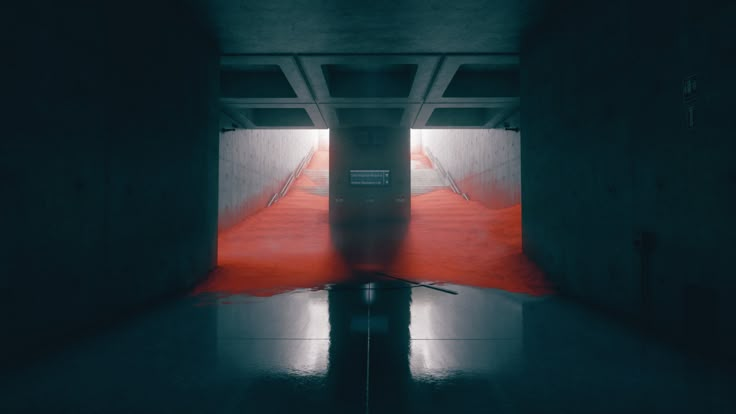
diffierent texture which usually be used in installation art, like sand
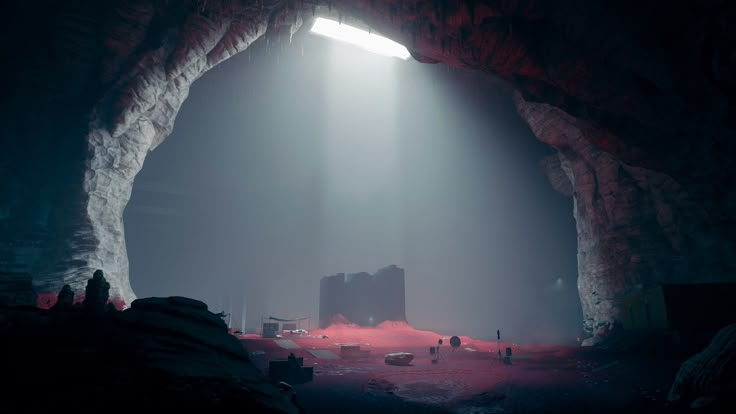
the lighting and items’ position are coped with like a gallery exhibition
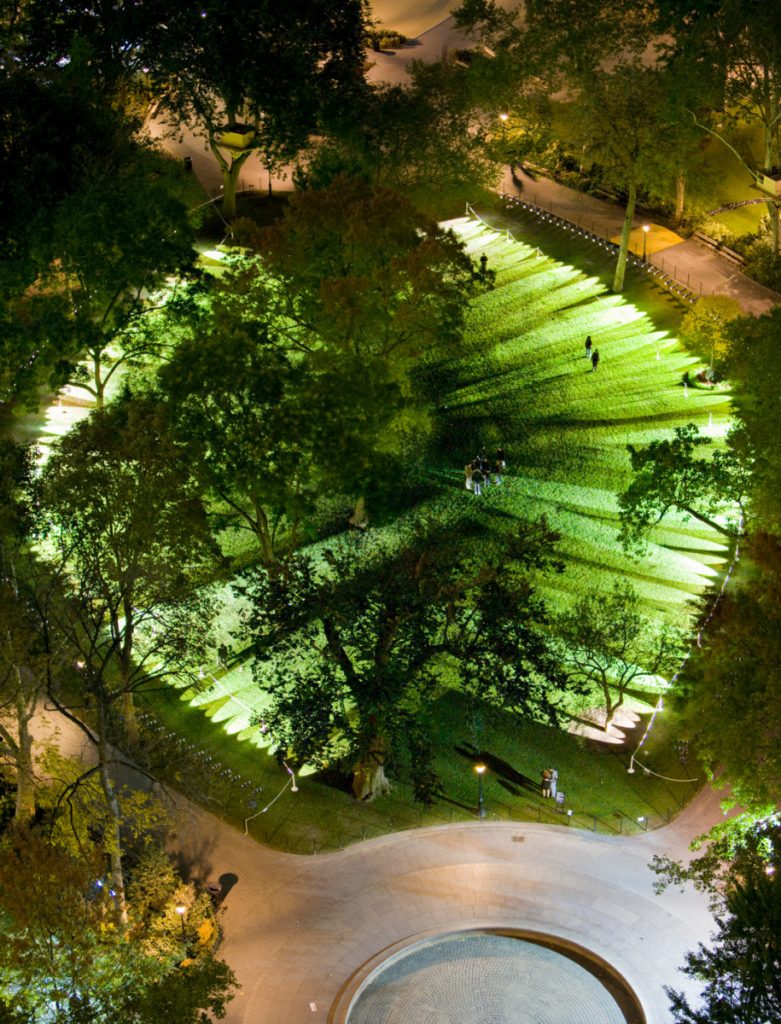
4. e.g. Specific References and Inspirations from Contemporary Art in Control
Control also draws heavily from contemporary installation art. Take lighting, for example. In art installations like Rafael Lozano-Hemmer’s Pulse Park, light reacts to your heartbeat, turning public space into a living, breathing thing. Similarly, in Control, flickering lights and shifting shadows guide emotional tone—panic, unease, or relief—depending on how the scene unfolds. It’s not just visual. It’s psychological.
Another fascinating feature is the use of objects. Inspired by SCP Foundation-style lore, everyday items like a fridge or a floppy disk become supernatural artifacts with backstories and powers. This redefinition of the object, much like Marcel Duchamp’s Fountain, turns the mundane into the mysterious. In doing so, Control treats game space like a curated gallery, where each zone is an installation, and each object is a story. That's how this game make all the scences and objects full of story, a wonderful storytelling can be seen from their ambition.
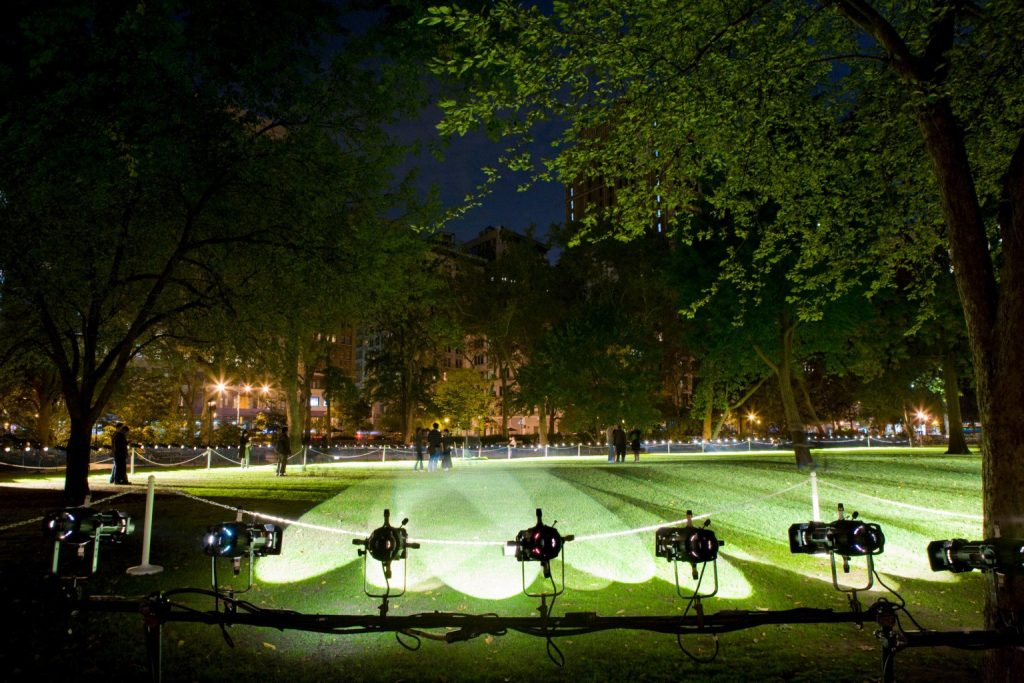
Outro: why does this matter?
Because Control represents a growing intersection between architecture, visual art, and digital design. It shows us that space is not neutral—it holds mood, narrative, and meaning. Game designers are now borrowing tools from urban planning, theater scenography, and media art to create environments that aren’t just seen, but felt.
To close, Control teaches us that the digital worlds we build are no longer separate from the art and architecture we study. They’re evolving into cultural hybrids—part gallery, part performance, part psychological journey.
And as artists, designers, or players, that opens up an exciting future of collaboration and immersion.